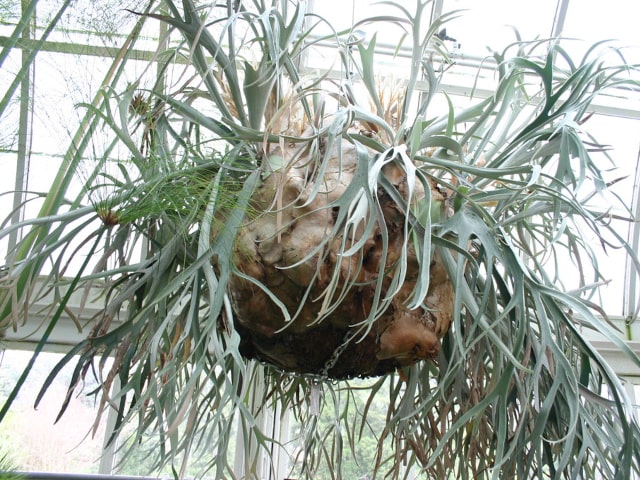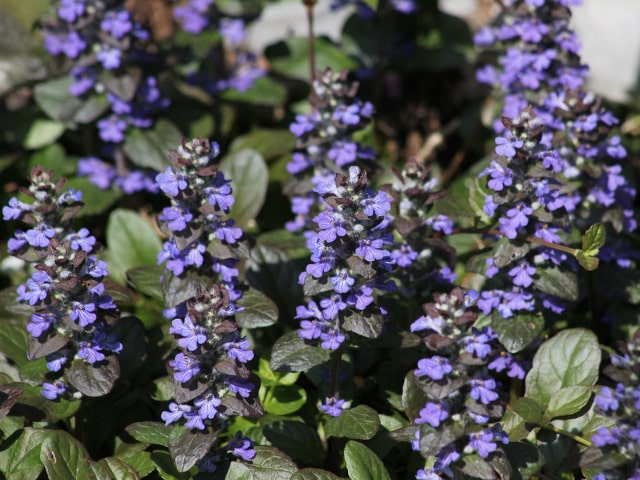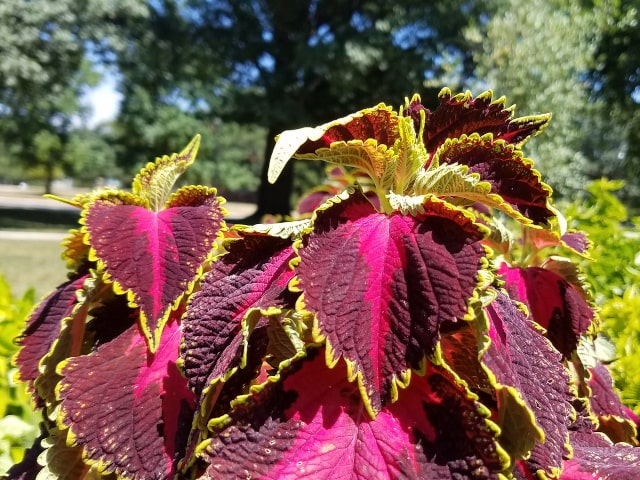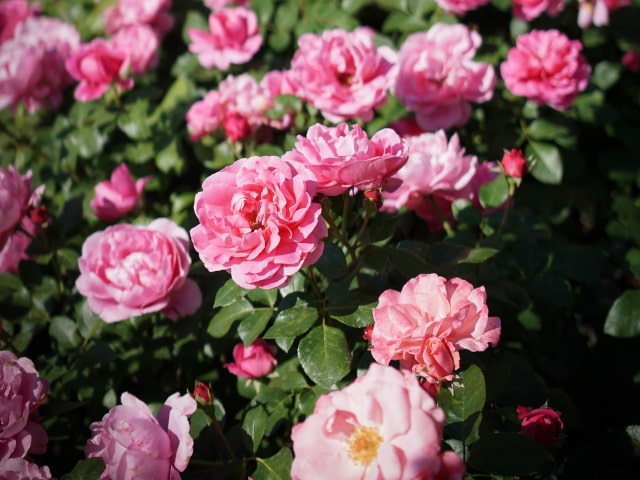
Staghorn ferns (Platycerium spp.) are gorgeous plants with beautiful leaves, which gives them a truly unique appearance. There are two types of Staghorn fern leaves: regular ones and those that look like horns. If you wish to grow Staghorn ferns, make sure to provide adequate conditions in your home, such as good temperature, enough air flow, particular light and proper moisturizing.
Staghorn Fern Basic Information
Staghorn Fern includes 17 different species. The most popular is the common Staghorn fern, also known as antelope ears and elkhorn. You can recognize these beautiful plants by their leaves: in addition to the flat basal leaves they also include the horn-shaped foliage.
Basal leaves are no fertile and they turn brown as the plant ages. Their role is to provide stability for the plant so they grow into the mounting surface to secure the plant. The fertile leaves are the antler-like ones. They produce spores on the edges of the foliage.
These beautiful plants can be found outdoors in warm climate but they are grown indoors all around the world. You can grow them in a basket or in many different ways; it depends on the conditions in your home. These plants are not rooted in the soil and they usually don't flower.
How to Grow Staghorn Ferns?
Staghorn ferns are generally easy to grow, as long as you give them some attention. They tend to thrive in low to medium light. It is also important to give them a moderate amount of moisture - too much or too little will not do great for these plants. The best medium to grow Staghorn ferns is humus-rich.
If you choose to grow your Staghorn ferns outdoors, make sure to place them in a partial shade. This will promote their growth. Indoor plants, on the other hand, thrive under bright indirect light.
Generally speaking, Staghorn ferns do best when you place them in a basket or if you mount them on a piece of wood. They require a small mound of organic matter, such as peat or compost. Pile it under the plant and then tie the fern to the growing medium. Panty hose and plant strips both work great for this purpose.
After a while, your fern will produce pups that will grow around the main plant. Keep in mind that ferns don't produce seeds, so if you want to start a new fern you need to do it from pups. To take a pup, use a sharp and sterile knife and carefully cut the pup from the main plant. Wrap its end in sphagnum moss (best if it's damp) and tie it loosely to a piece of wood. Care for the pup in the same way you care for the main plant and it will thrive.
Day to Day Care
Day to day care of Staghorn ferns is not difficult. However, it is important to provide them with adequate light, temperature and humidity. Remember to water it often enough but always allow the medium to dry out before you re-water your fern.
It is best to fertilize your fern one per month. The best fertilizer is 1:1:1 fertilizer diluted in water.
These ferns are generally healthy plants but they tend to be prone to a fungal disease (black spot). To prevent this problem make sure not to water the foliage. Also, it is important to minimize indoor humidity - this will prevent disfiguring spores from forming.
Your fern can live for many years as long as you take a good care of it. Staghorn ferns can go very big in their natural habitat. Homegrown ferns are generally smaller but they can be very healthy if you take a good care of it. It is not unusual to see a Staghorn fern growing in the same home for decades.
Photo credit: Ryan Somma




4 Comments
I've had my stag horn for 25 years. It was already a mature plant. Now my plant is more basal leaves rather than fertile leaves. Should I somehow trim the basal leaves or just leave it alone? Thank you.
One of my staghorn has developed a thick powdery substance on the inside of the antler fronds. is this a problem and if so, what should I do about it?
Another one has developed black ugly holes all over the basal fronds. I have sprayed it with a fungiside spray but it does not seem to be responding. What is it and what do you suggest I do?
I divided a large staghorn fern several years ago. Mine are attached to trees in my back yard as I live in Florida. I carefully cut the fern in four pieces using a large serrated butcher knife. I was unsure about doing this, but it turned out fine. It is now time to divide them again.
I live in Ky.
My staghorn fern is on board, hangs on maple tree trunk in my back yard spring and summer. Late fall and winter months it goes to a local florist/greenhouse where it gets tender loving care.
My problem: It is like me growing old and oversize. leaves so large and heavy they are dropped down. Can and how can I remove some of the older fawns and encourage new growth. Hope you can help me with this, it is a gift from a very special person.